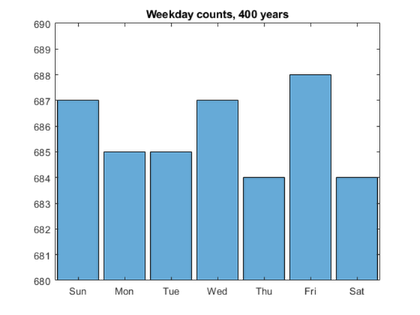
MIT's Professor Gil Strang gave two talks in one morning recently at the SIAM annual meeting. Both talks derived from his experience teaching a new course at MIT on linear algebra and neural nets. His first talk, "The Structure of a Deep Neural Net", was in a minisymposium titled "Deep Learning and Deep Teaching", which he organized. Another talk in that minisymposium was by Drexel's Professor Pavel Grinfeld on "An Informal Approach to Teaching Calculus." An hour later, Gil's gave his second talk, "Teaching About Learning." It was an invited talk at the SIAM Conference on Applied Mathematics Education.... read more >>










